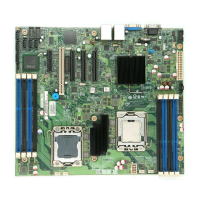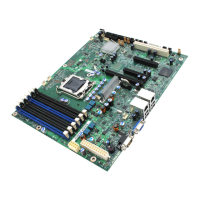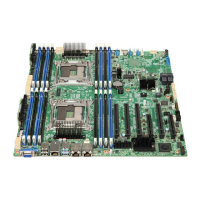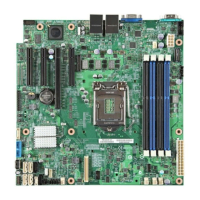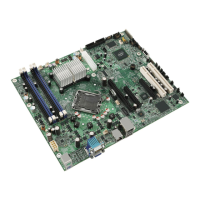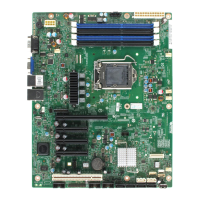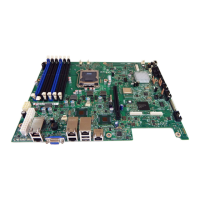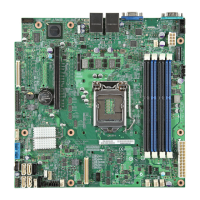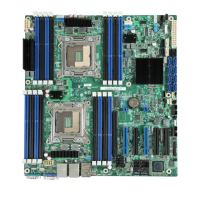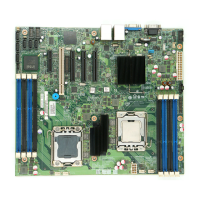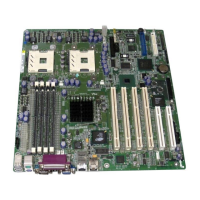Intel® 5000 Series Chipsets Server Board Family Datasheet System BIOS
Revision 1.1
Intel order number D38960-004
91
3.13.1 Server Managment Boot Device Control
The IPMI 2.0 specification includes provisions for server management devices to set certain
boot parameters by setting boot flags.
The BIOS supports booting from the following:
PXE
HDD (USB, SATA, SAS, and PATA)
USB FDD
USB key
CD-ROM drive
3.14 Operating System Support
3.14.1 Windows Compatibility
Intel Corporation and Microsoft Corporation co-author design guides for system designers who
will use Intel processors and Microsoft operating systems. The Hardware Design Guide for
Microsoft Windows 2000 Server, Version 3.0 is intended for systems that are designed to work
with Windows Server class operating systems.
This product supports the Hardware Design Guide for Microsoft Windows 2000 Server, Version
3.0 enterprise requirements.
3.14.2 Advanced Configuration and Power Interface (ACPI)
The primary role of the ACPI BIOS is to supply the ACPI tables. POST creates the ACPI tables
and locates them in extended memory (above 1 MB). The location of these tables is conveyed
to the ACPI-aware operating system through a series of tables located throughout memory. The
format and location of these tables is documented in the publicly available ACPI specifications
(Advanced Configuration and Power Interface Specification, Revision 1.0b and Advanced
Configuration and Power Interface Specification, Revision 2.0).
The BIOS supports both ACPI 2.0 and 1.0b tables. To prevent conflicts with a non-ACPI-aware
operating system, the memory used for the ACPI tables is marked as “reserved” in INT 15h,
function E820h.
As described in the ACPI specifications, an ACPI-aware operating system generates an SMI to
request that the system be switched into ACPI mode. The BIOS responds by setting up all
system specific configurations required to support ACPI and issues the appropriate command to
the BMC to enable ACPI mode. The system automatically returns to legacy mode on hard reset
or power-on reset.
The ACPI specification requires the system to support at least one sleep state. The BIOS
supports S0, S1, S3, S4, and S5 states. S1 is considered a sleep state.

